Sale day, 1940. Looking northwest from Rigsbee Ave. and Seminary St.
(Courtesy The Herald-Sun Newspaper)
The Roycroft Warehouse was one of a series of extremely large warehouses that covered the area north/northeast of downtown Durham. I've previously covered several of the major warehouses, including the Big 4 and Banner Warehouses, destroyed in the conflagration following the acquittal of Private Booker Spicely's murderer, as well as the Star Brick Warehouse and Planters Warehouse. These warehouses were a second and third generation of sales warehouses,having supplanted Parrish's Warehouse, the Globe Warehouse, the Reams warehouse, and others.
These warehouses were the site of the tobacco auctions - where farmers would come to market and sell their tobacco - as such, the auctions were seasonal events - predictable and yet exciting. The first tobacco auction in Durham was held on May 18, 1871 in the Reams Warehouse, which stood on the present-day American Tobacco Campus. The auction allowed farmers to sell to multiple factories and factories to buy from multiple farmers - at the same time. I very much recommend this brief video clip on YouTube from a documentary about tobacco auctioneers. I believe I first saw this linked on Whig Hill.
The Roycroft No.1 and No.2 covered the entire large block between Foster St., Seminary St., Rigsbee Ave., and Hunt St.
In 1951, the Roycroft was noted to be the "oldest tobacco warehouse to be operated continuously by the same family." Henry Roycroft started in tobacco sales in 1895 in Rocky Mount, operating a tobacco during the same period. He came to Durham in 1910, still engaged in both 'warehousing' and farming. In 1928, he went into business for himself under the Roycroft name along with his son Marvin Roycroft.
Sale day, 1940 - looking west on Seminary St.
(Courtesy Library of Congress)
Sale day, 1940, looking north-northwest on Rigbsee Ave. from near Seminary St. Evidently the man wearing the sign lost a Duke-Carolina bet and is wheeling the Duke fan around in a wheelbarrow.
(Courtesy Library of Congress)
Sale day, 1940. Looking northwest from Rigsbee Ave. and Seminary St.
(Courtesy Library of Congress)
Sale day, 1940. Looking north-northeast from Rigsbee Ave. and Seminary St.
(Courtesy Library of Congress)
Sale day, 1940. Looking northwest from Rigsbee Ave. and Seminary St.
(Courtesy Library of Congress)
Looking west-northwest down Seminary St. towards the Roycroft Warehouse, 1940s.
(Courtesy Durham County Library / North Carolina Collection)
Annotated aerial of the warehouse district, 1959. I've also marked the location of the Banner and Big 4 warehouses, which burned in 1944.
(Courtesy Durham County Library / North Carolina Collection)
Some photos below of a partial roof collapse after a snowstorm in 1960:
03.11.60 (Courtesy Herald-Sun)
03.11.60 (Courtesy Herald-Sun)
03.11.60 (Courtesy Herald-Sun)
03.11.60 (Courtesy Herald-Sun)
Looking northwest, 08.21.61.
(Courtesy The Herald-Sun Newspaper)
Blurry shot of the No. 2 entrance to the Roycroft, looking south-southwest on Rigsbee Ave.
(Courtesy The Herald-Sun Newspaper)
By the 1960s, tobacco and the auctions were on the decline. Both the general decrease in the demand for tobacco and an ongoing shift from auction sales to direct sales (from farmer to manufacturer) meant a slow ebb of the seasonal tobacco auctions.
Tobacco being brought to auction in the back of pickup, 08.27.68
(Courtesy The Herald-Sun Newspaper)
I've been trying to nail down the date when tobacco auctions ceased in Durham - the only date I've found, associated with the Liberty Warehouse, is 1984. The Roycroft warehouse was still in existence in 1987.
Looking north on Foster St. from the Hill Building, 1986
(Courtesy Durham County Library / North Carolina Collection)
Looking west down Seminary St., 1987
(Courtesy Durham County Library / North Carolina Collection)
But it was purchased and demolished for parking when the Blue Monster, i.e. the Durham Center was constructed in 1987.
Looking southwest at the Roycroft being torn down, 1987.
(Courtesy Durham County Library / North Carolina Collection)
It remains an immense surface parking lot, which last year served as the Centerfest tarmac. I'm certainly of the opinion that the brouhaha around this Central Park area will never amount to too much while this much open asphalt is still at the center of the landscape.
Looking northwest from Seminary St. and Rigsbee Ave., 07.06.08
Looking west down Seminary St., 07.06.08.
More broadly, and this is a recurring theme as I examine the tobacco warehouses, it seems a shame that such a vibrant part of Durham's cultural vitality has been consigned to the bin of shame with the Folium Non Grata. We should be able to celebrate the cultural history of a community that followed the rhythm of the tobacco harvest without worrying that such celebration is unseemly because of the personal and public health toll of tobacco use. The collapsing of the chronology of tobacco, casting a negative light over the lives and joy of generations of people who lived in the early to mid-20th century is rather unfair. We should hope to be luckier than to have our joys and culture caught in a reductionist swath of righteous indignation that subsequent generations will undoubtedly heap upon ours.
It takes nothing away from the myriad public health campaigns, policy measures, personal appeals, educational programs, etc. to find beauty in the cadence of the auctioneer's voice or humor in the pictures of the lost bet on a Duke-Carolina game, above - pictures entirely of people who bought and sold tobacco for their livelihood.
The Duke Homestead certainly does a fine job preserving these aspects of Durham culture, and I believe that they have an annual festival (including a mock auction). I've never been, but it looks like it's September 6 this year. Moving forward, I hope we can find ways to integrate this historical context into more central-Durham events. I'm not suggesting that we restart the yearly Tobacco Jubilee and Parade, but tobacco was, after all, Durham's raison d'etre. I doubt very much that anything we love about Durham would be in Durham without it.

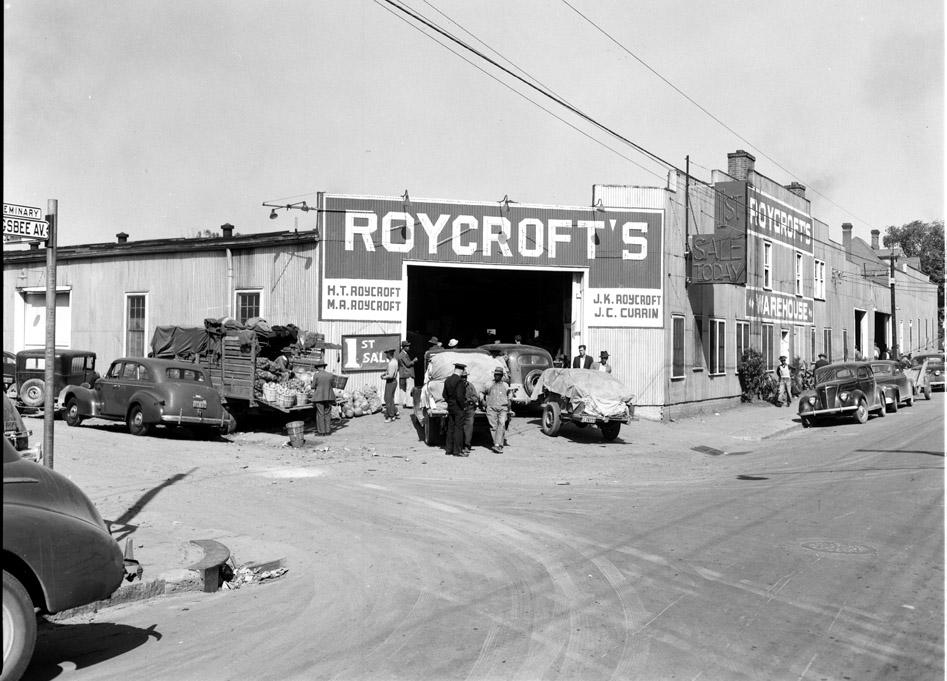
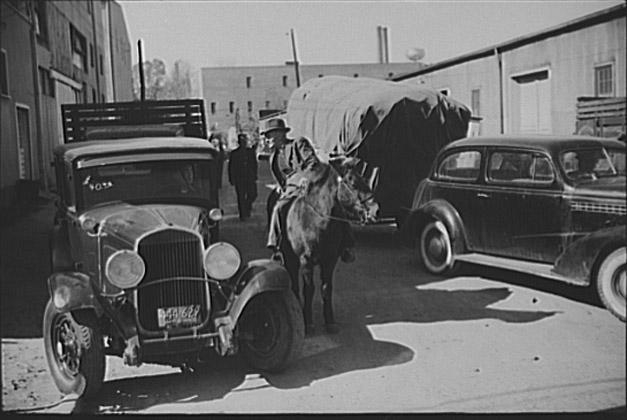
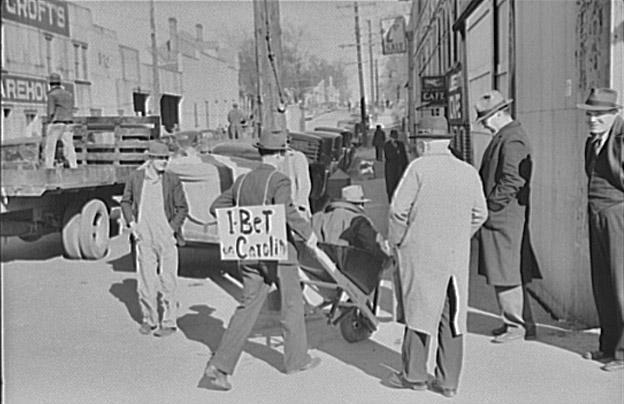
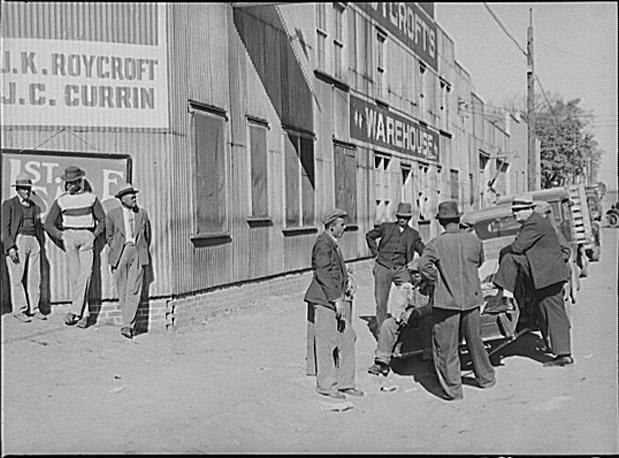
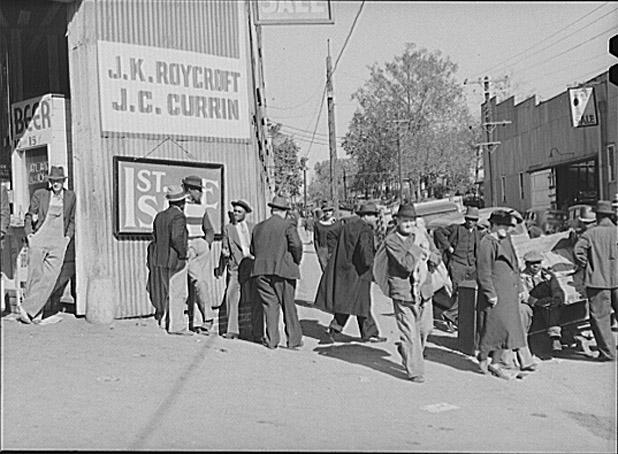
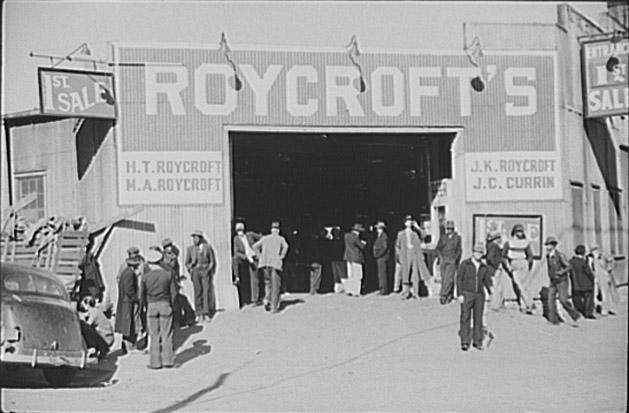
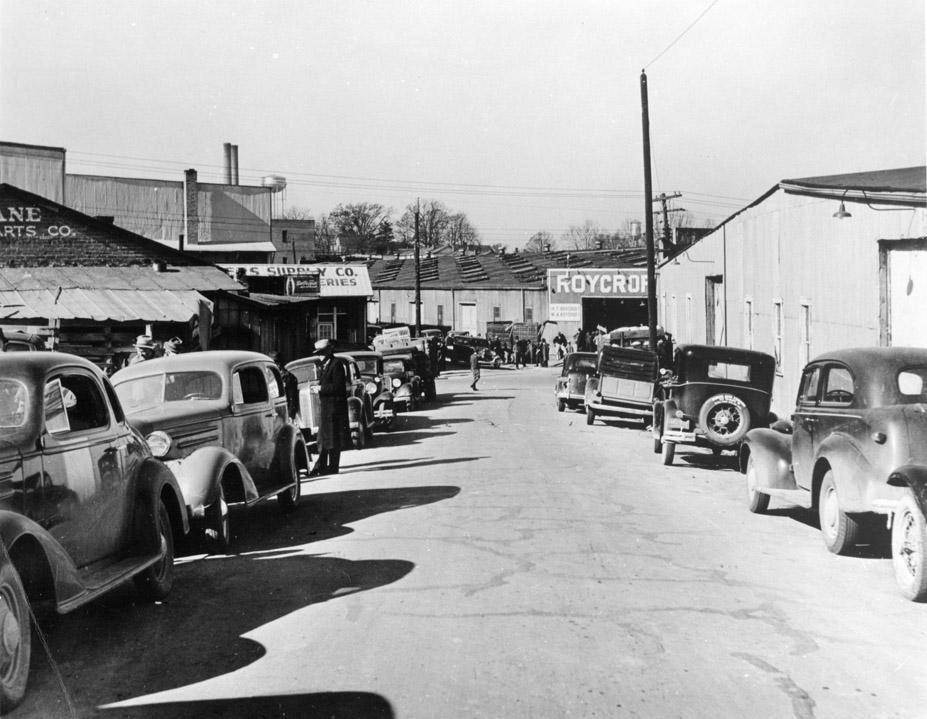
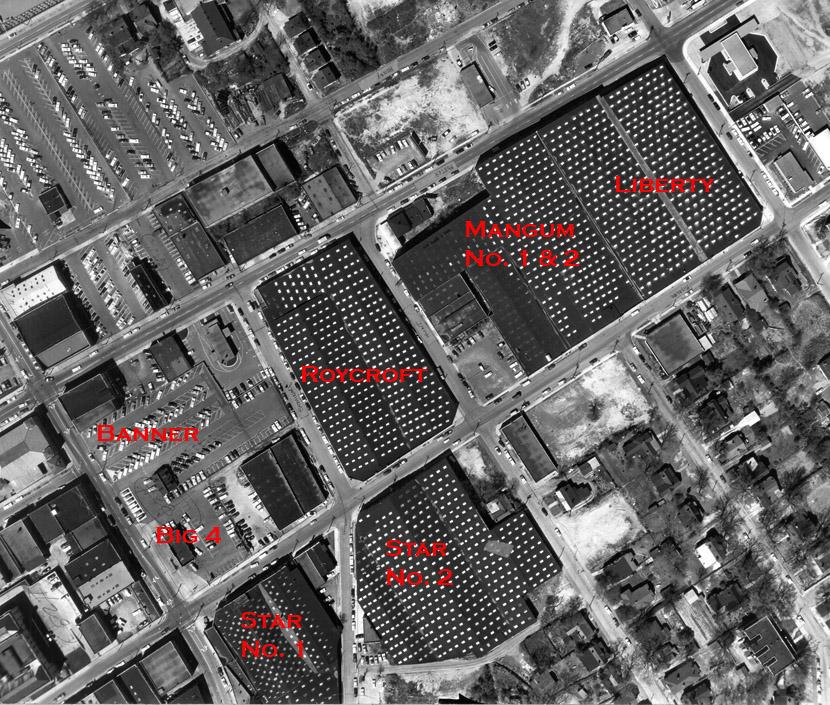
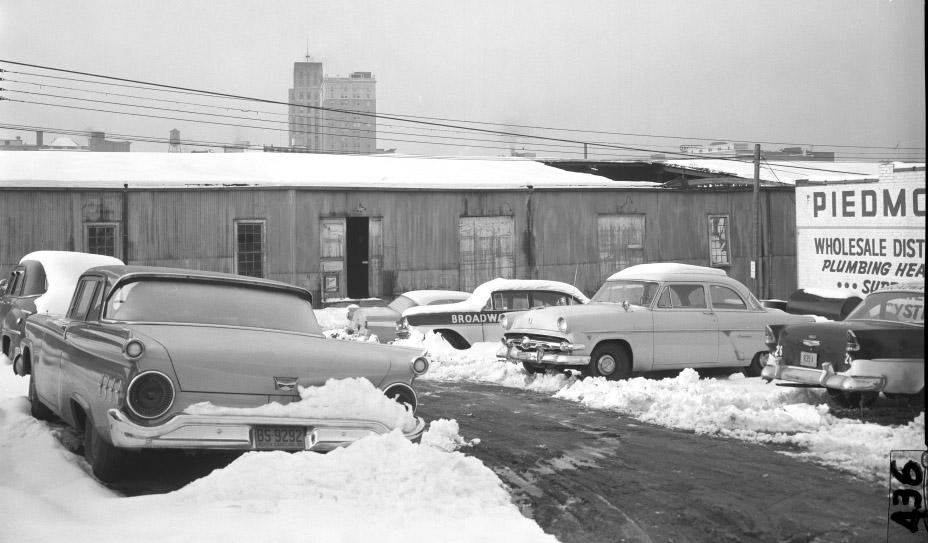
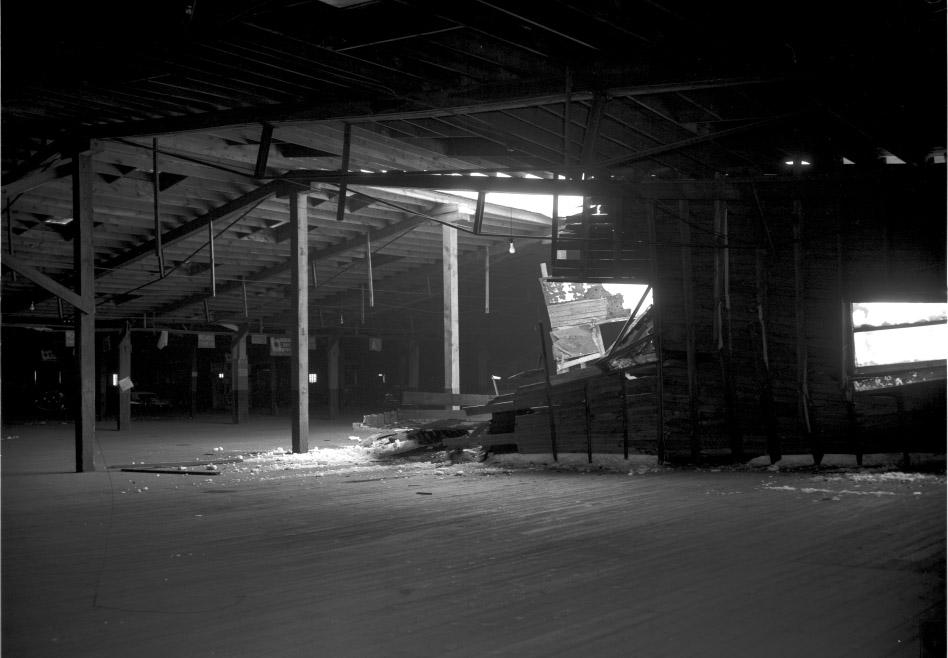
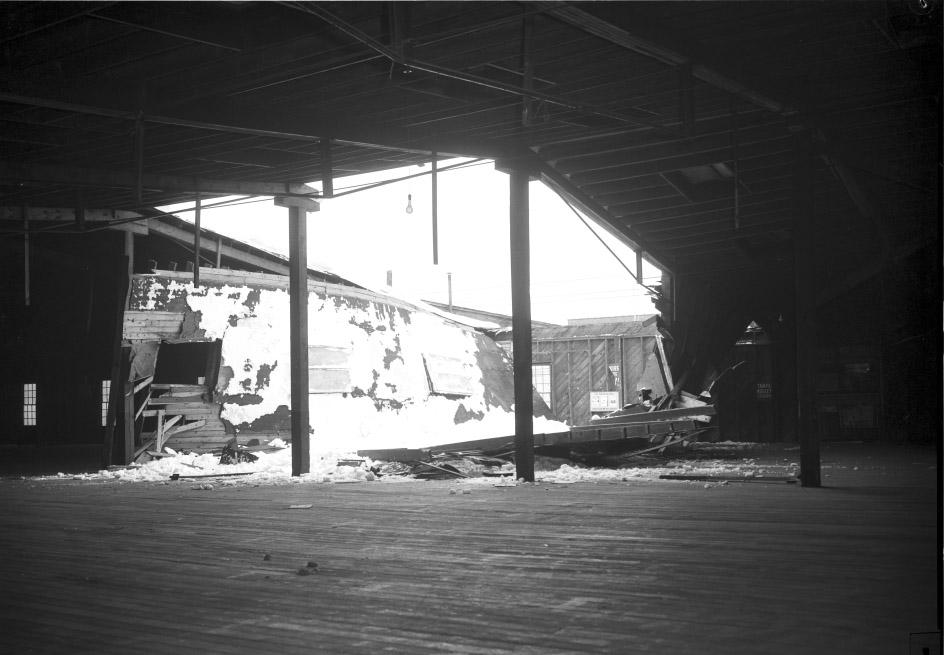
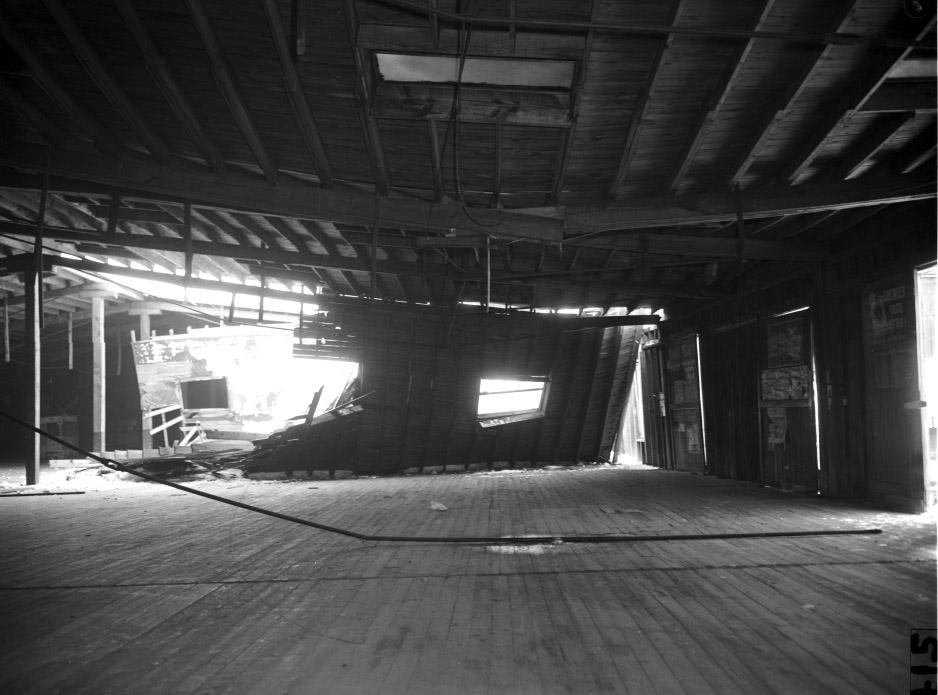
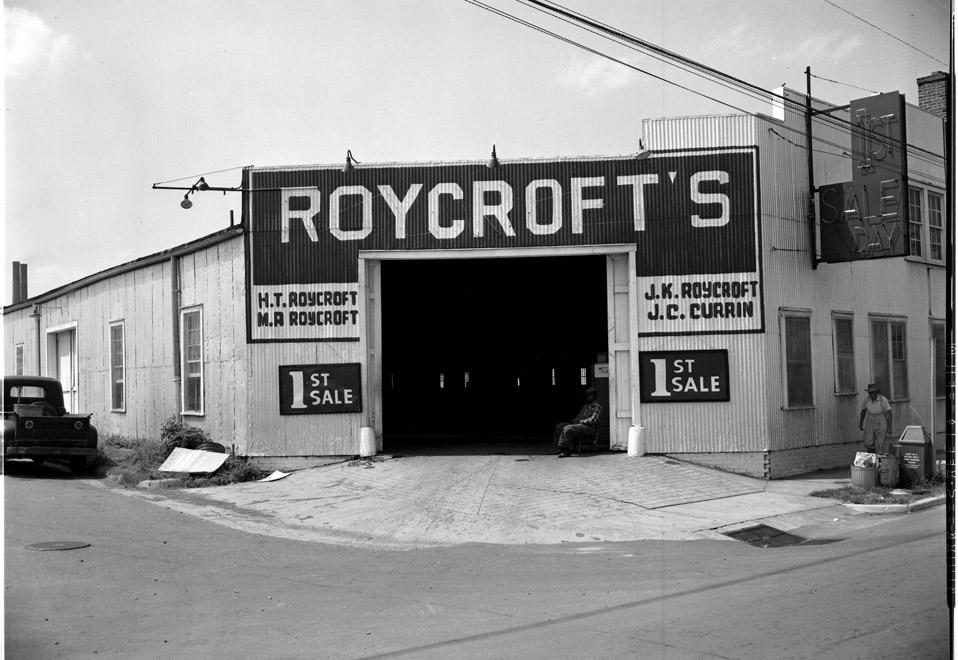
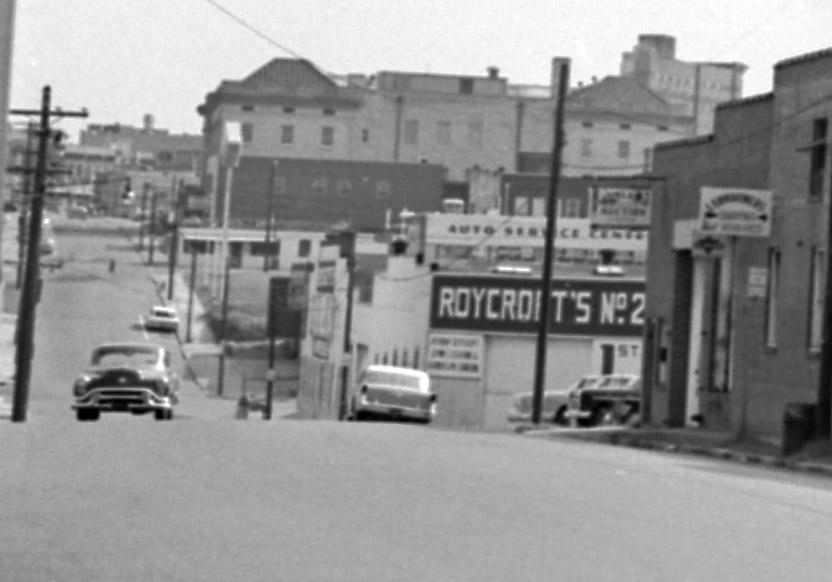
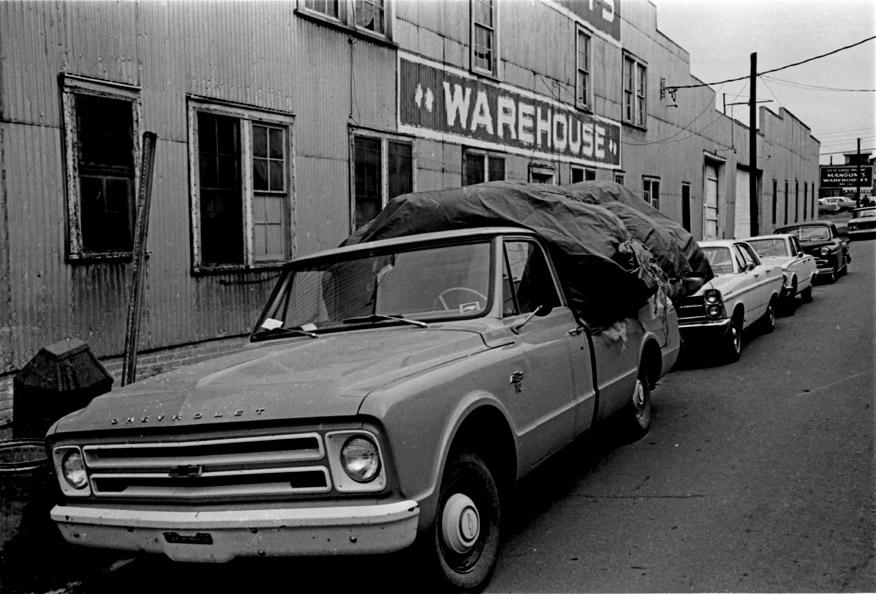
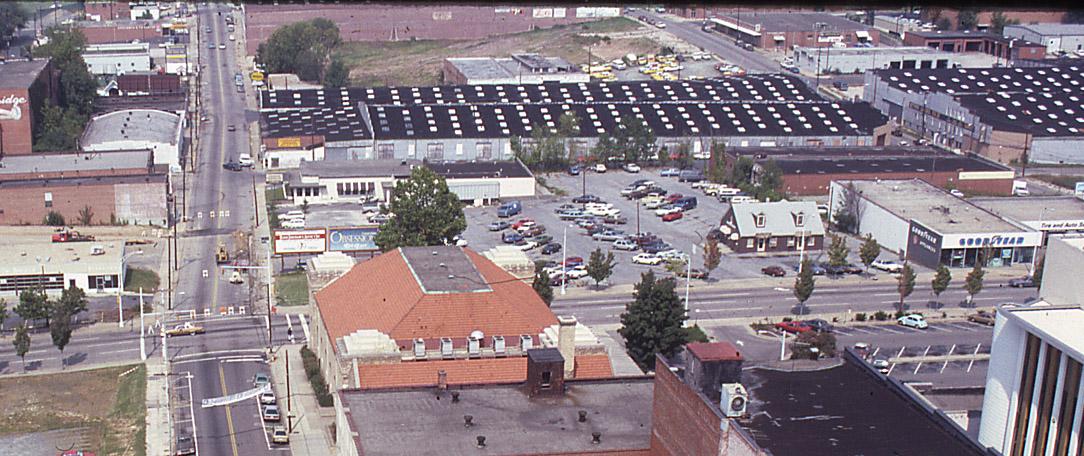
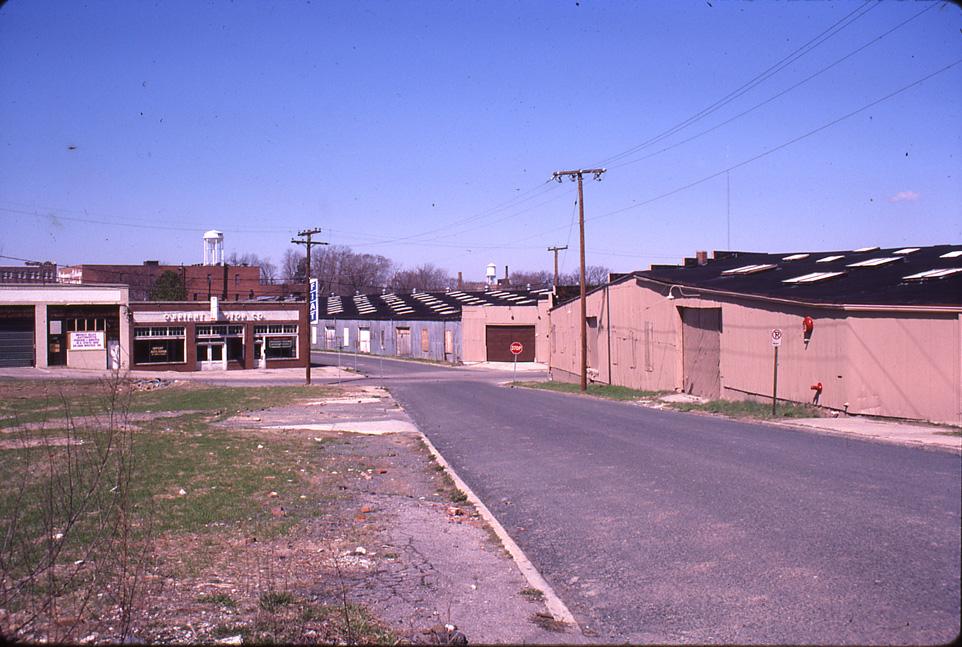
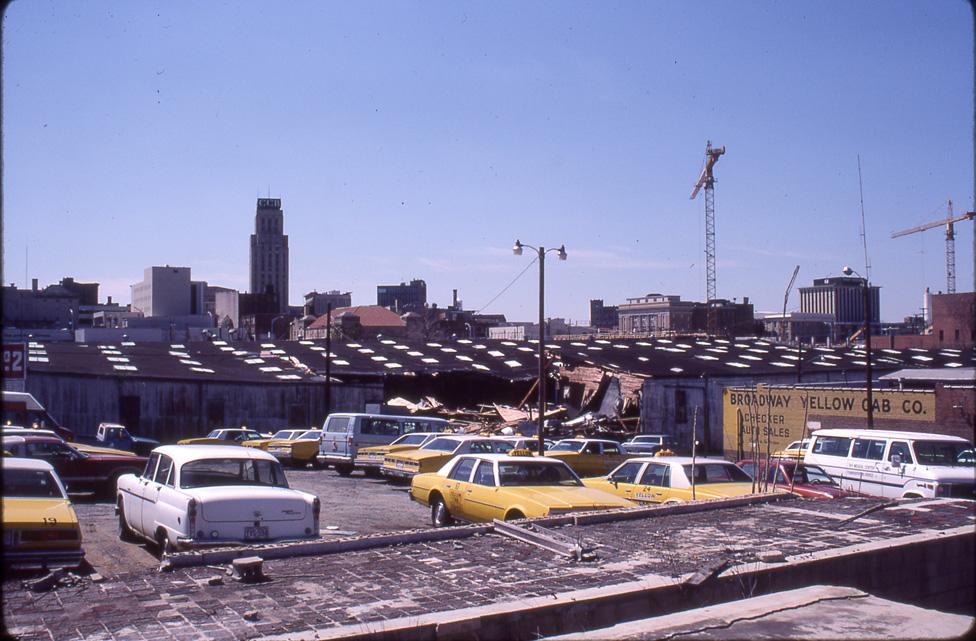
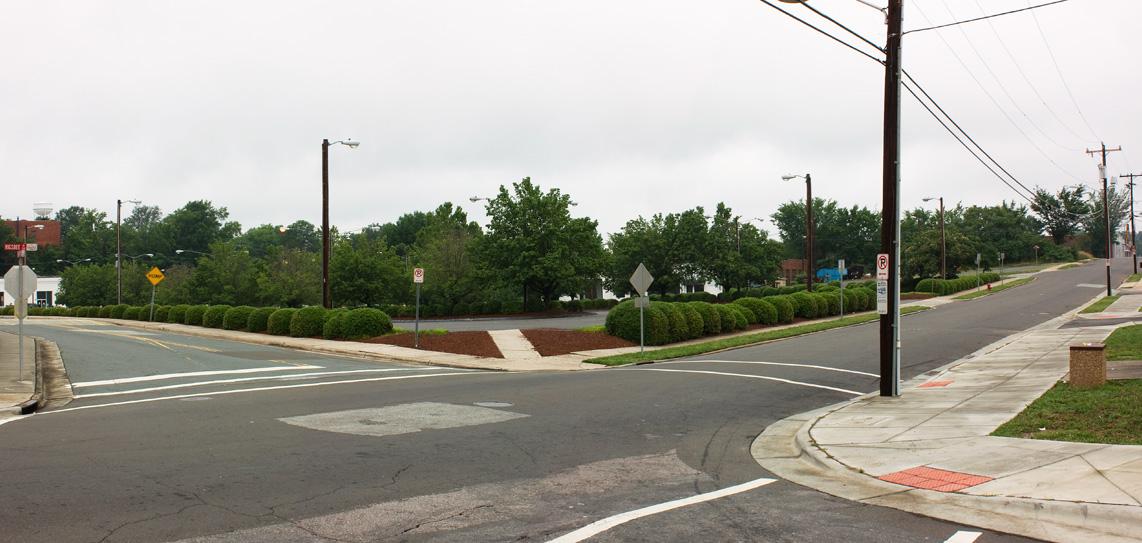
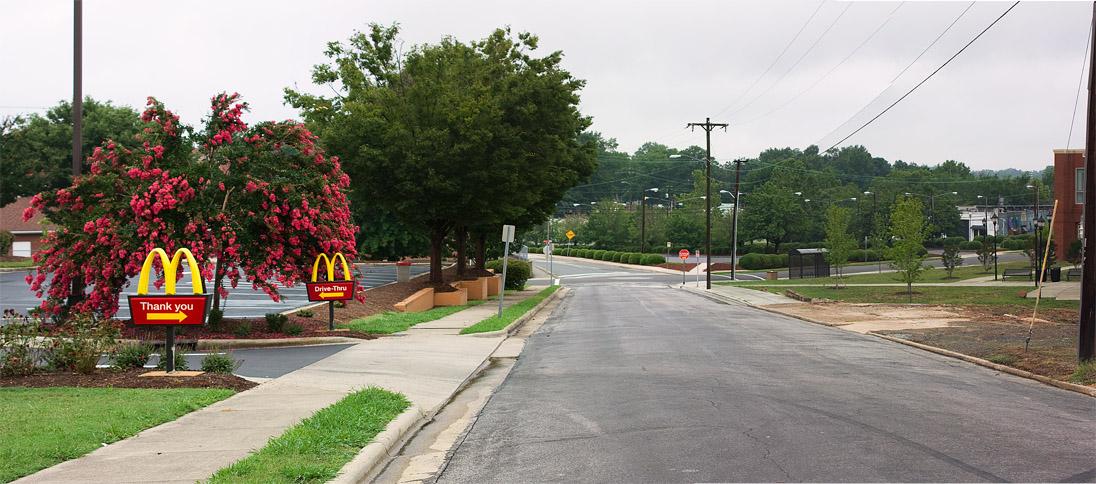
Comments
Submitted by Anonymous (not verified) on Mon, 7/7/2008 - 4:57am
I completely agree. The history of tobacco in this city is worthy of a movie, not just a documentary. Maybe a few different movies? Nothing romaticized, however.
-Allen
Submitted by Gary (not verified) on Mon, 7/7/2008 - 11:12am
Allen
Exactly - there is a path between shame and romanticization - one that simply celebrates the lives and joys of Durham's people - lives that were intertwined with tobacco - without celebrating the "millions who smoke[d] Chesterfield."
GK
Submitted by dylanfan (not verified) on Mon, 7/7/2008 - 1:07pm
For anyone who has not seen it at least twice, I can highly recommend the 2003 Ross McElwee movie, "Bright Leaves," for one most enjoyable different movie.
From IMDB: North Carolina produces more tobacco than any other state in America. Bright Leaves describes a journey taken across the social, economic, and psychological tobacco terrain of North Carolina by a native Carolinian, Ross McElwee, whose great-grandfather created the famous brand of tobacco known as Bull Durham. The comedic chronicle is a subjective, autobiographical meditation on the allure of cigarettes and their troubling legacy for the state of North Carolina. It's also a film about family history, addiction, denial, and filmmaking--as McElwee, noted director of Sherman's March, grapples with the legacy of an obscure Hollywood melodrama that is purportedly based on this curious man that was his great-grandfather.
Submitted by Miss Ann Thrope (not verified) on Mon, 7/7/2008 - 1:27pm
Did you see this "Viewpoint" in last Saturday's Durham News?
http://snipurl.com/2ubzc [www_thedurhamnews_com]
The author, of Northgate Park, was disappointed that the Duke Homestead didn't include more evils of smoking in its exhibits. Although I'm a totally self-righteous ex-smoker, I enjoy visiting the Duke Homestead and its rather quaint museum/exhibits. Don't we adults all know the evils/horrors of smoking? I find the naivete and lies that came out of the smoking era underscore the evils. I do think more could be done to emphasize the vital roles of slavery/share cropper/tenant farmer/migrant worker/haves and haves not that helped create the industry and the Duke dynasty. Something the column's author seems to include nearly as afterthought.
Submitted by Libby (not verified) on Mon, 7/7/2008 - 2:39pm
there are plenty of human behaviors that are much more harmful than smoking. ignoring history is one of them.
Submitted by JHE3 (not verified) on Mon, 7/7/2008 - 6:36pm
Another great post, Gary
I wish I knew more about the Roycroft family, my current home was owned for many decades by a Roycroft; proprietor of "the Little Acorn" restaurant, also on Riggsbee I believe.
- Jack
Submitted by Gary (not verified) on Mon, 7/7/2008 - 9:01pm
Jack
The "Little Acorn" should be coming up next week, I believe.
GK
Submitted by Valerie (not verified) on Mon, 7/7/2008 - 9:54pm
I love the I Bet On Carolina photo. They still do that! Well, not the sandwich board and wheelbarrow, but once my friend had to wear Duke head to toe. That's a bet I won't take!
Submitted by Andrew Edmonds (not verified) on Thu, 7/10/2008 - 12:34am
Preservation Durham offers free, 1 1/2-hour walking tours of Durham's Tobacco Heritage on the second Saturday of every month. Tours depart from the Farmers' Market and wind around the Central Park and West Village sections of town.
The essence of the tours lies in the oral histories on which the tours are based. Tour participants learn what life was like in Tobacco Town from the first-hand experiences of farmers, auctioneers, magnates (like EJ Parrish) and the stemmers -- black women who performed the dirtiest of the tobacco-related jobs in a segregated workforce.
The personal stories add great human dignity and interest to the historical importance of tobacco to Durham's legacy. And, the tours are a lot of fun, too.
(Plus they're FREE.)
Are all welcomed to join! PreservationDurham also offers two other tours on the third and fourth Saturdays. Read more about them, here.
--ASE.
Submitted by Anonymous (not verified) on Thu, 7/10/2008 - 9:44pm
Yet another amazing post! Thanks!
But/by the way, the black Army private that was killed by the bus driver (Herman Council) in 1944 was named Spicely... Booker T. Spicely; not Shipley.
http://en.wikipedia.org/wiki/Booker_T._Spicely
Submitted by Gary (not verified) on Thu, 7/10/2008 - 11:12pm
Anon
You're absolutely right - I just mistyped it. Thanks for catching my error.
GK
Submitted by Andrew Edmonds (not verified) on Thu, 7/24/2008 - 2:42pm
The first photograph captioned "Sale day, 1940" has the same fluorescent "1ST SALE TODAY" sign on the Rigsbee side of the entrance as the photograph from August, 1961 -- but different from the other shots shown from 1940. I don't suppose they put that newer sign up during the same 1940 season? The cars and men's clothing certainly would suggest that time period, though.
Add new comment
Log in or register to post comments.